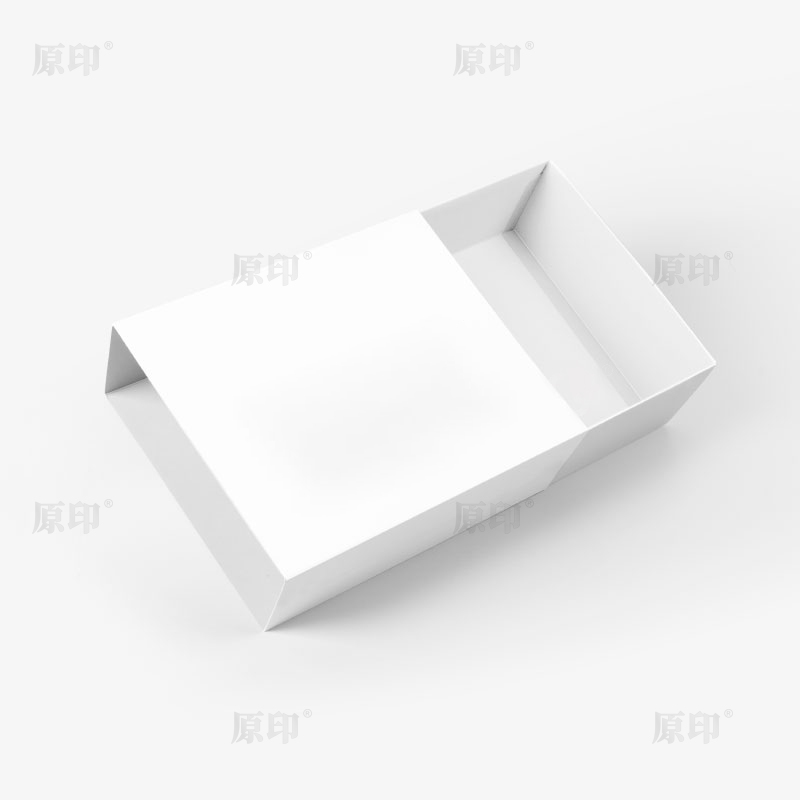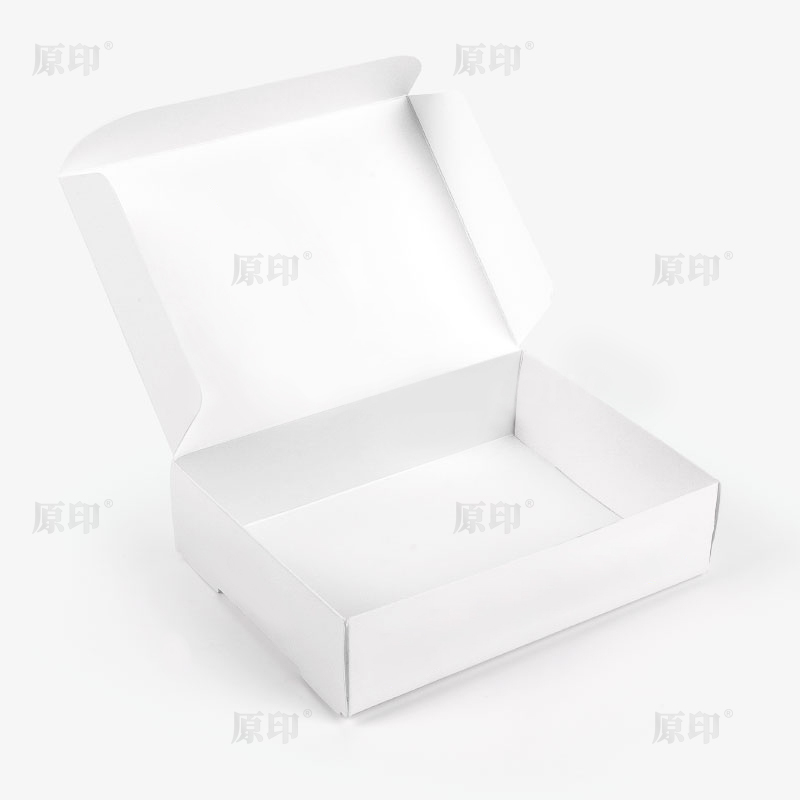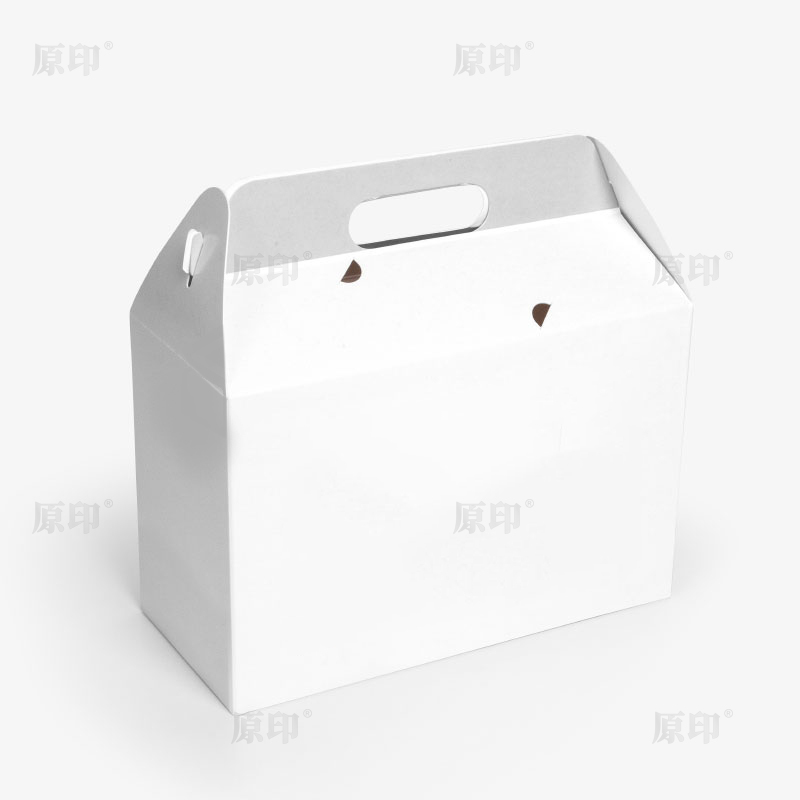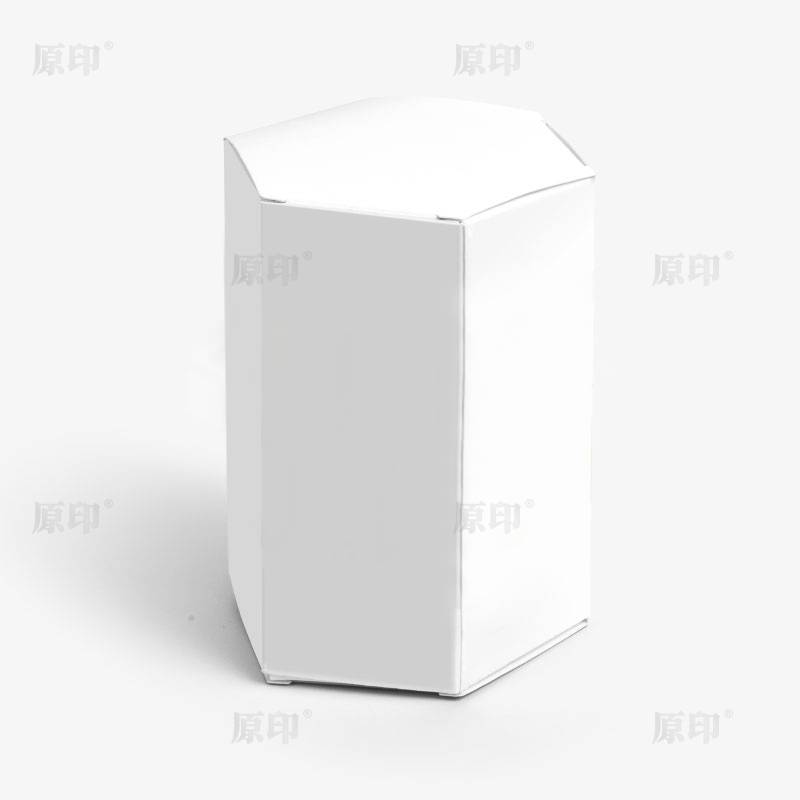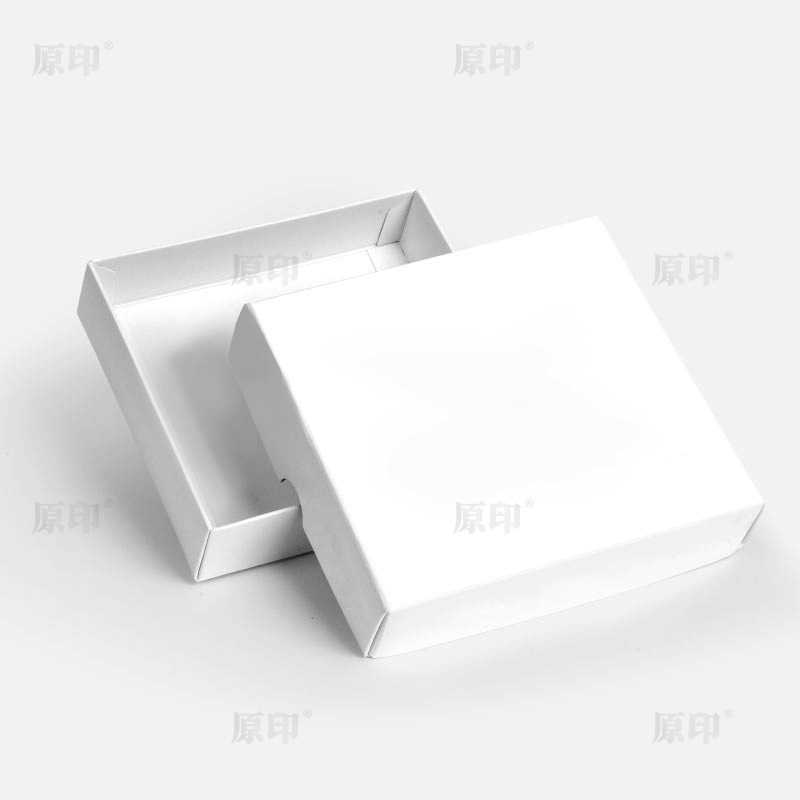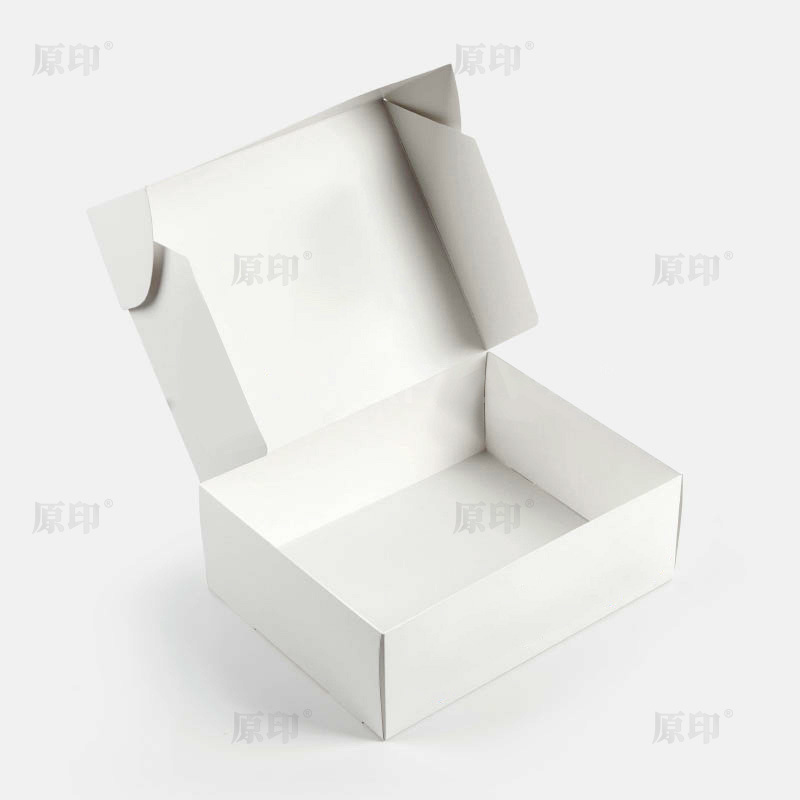What Are the Benefits and Innovations Behind Printed Medicine Packaging?
Printed Medicine Packaging: Enhancing Safety, Branding, and Compliance in Modern Healthcare
In the pharmaceutical industry, packaging is not merely a container — it is a critical component that ensures drug safety, authenticity, and patient compliance. One of the most essential innovations in this space is Printed Medicine Packaging. From detailed labeling and anti-counterfeit features to eco-friendly materials and digital integration, printed pharmaceutical packaging plays a central role in healthcare supply chains worldwide.
What Is Printed Medicine Packaging?
Printed medicine packaging refers to any type of pharmaceutical container — blister packs, pill bottles, sachets, tubes, or cartons — that includes custom-printed information
It serves not only regulatory compliance but also enhances safety, consumer confidence, and brand differentiation.
Why Is Printed Packaging Crucial in the Pharmaceutical Sector?
Regulatory Compliance
Governments and agencies like the FDA (USA), EMA (Europe), and WHO mandate clear labeling. Proper printed packaging helps meet these stringent requirements.
Anti-Counterfeit Measures
With the global rise of counterfeit drugs, printed security features such as holograms, UV inks, and serialized codes play a major role in authenticating products.
Patient Safety and Compliance
Easy-to-read labels and multilingual instructions improve medication adherence and reduce misuse.
Traceability
Serialization and barcoding allow for efficient tracking of drug batches from manufacturer to patient.
Brand Communication
Packaging is also a brand's touchpoint with consumers. Clean, recognizable designs build trust and loyalty.

Common Types of Printed Medicine Packaging
Blister Packs
Often used for tablets and capsules, they feature printed aluminum foil or plastic backs with dosage info and branding.
Paperboard Cartons
Used for secondary packaging of bottles, vials, and blister packs — ideal for high-resolution printing and product instructions.
Plastic or Glass Bottles
Often labeled with pressure-sensitive or shrink-wrap printed labels.
Flexible Pouches & Sachets
Used for powders, gels, or oral suspensions. They are lightweight and printable over wide surface areas.
Tube Packaging
For ointments and creams, featuring printed dosage, usage instructions, and safety seals.
What Materials Are Used in Printed Medicine Packaging?
Paperboard and Carton – Easily printable and recyclable; used for outer boxes
Aluminum Foil – Offers a barrier to light, moisture, and gases; commonly printed for blister packs
High-Density Polyethylene (HDPE) – Used for bottles; printed with adhesive labels or direct thermal transfer
Polyethylene Terephthalate (PET) – Used for blister packs and pouches
Ink & Coating Materials – Must be compliant with pharma-grade safety standards; often use UV-cured or water-based inks
Advanced Printing Techniques Used in Medicine Packaging
Flexographic Printing
Fast and economical, ideal for large-scale carton printing.
Digital Printing
Ideal for small runs and variable data printing (such as batch numbers and expiry dates).
Gravure and Offset Printing
High-resolution and color-rich printing for marketing and branding materials.
Laser Printing and Etching
Used for high-security serialization and tamper-proof labeling.
Trends in Printed Medicine Packaging
Smart Packaging with NFC and QR Codes
Patients can scan labels to access digital instructions or verify authenticity.
Sustainable Materials
Use of recyclable, biodegradable paper and ink is becoming a priority in eco-conscious markets.
Personalized Medicine Packaging
Small-batch digital printing allows for customized instructions based on patient demographics.
Tamper-Evident & Child-Resistant Design
Integration of visual tamper indicators and difficult-to-open (but compliant) closures.
Challenges Faced by the Industry
Ink Migration Risk
Ensuring that ink or coatings don’t leach into medicines is a top safety concern.
Counterfeiting
Despite advanced printing, counterfeiters continue to mimic labels and logos. Ongoing innovation is required.
Sustainability vs Durability
Balancing eco-friendly packaging with moisture/light protection remains a technical challenge.
Regulatory Changes
Frequent updates to labeling standards across countries create a need for dynamic printing capabilities.
How Can Manufacturers Benefit from High-Quality Printed Medicine Packaging?
Improved Brand Trust: Clear, professional packaging reassures buyers.
Better Logistics: Serialized tracking enhances inventory accuracy and reduces theft.
Competitive Edge: Custom graphics and smart labels can differentiate a product in a crowded marketplace.
Reduced Risk: Compliant labels reduce regulatory risk and prevent product recalls.
Conclusion
Printed medicine packaging is more than just an outer layer — it's a fusion of engineering, compliance, marketing, and digital innovation. With patient safety, regulatory mandates, and anti-counterfeiting needs on the rise, pharmaceutical companies must invest in advanced printing solutions that are secure, sustainable, and scalable.
As technology evolves, so will printed packaging — embracing smart connectivity, sustainable materials, and even greater customization. For both manufacturers and consumers, it’s a vital step toward a safer, more transparent healthcare system.

